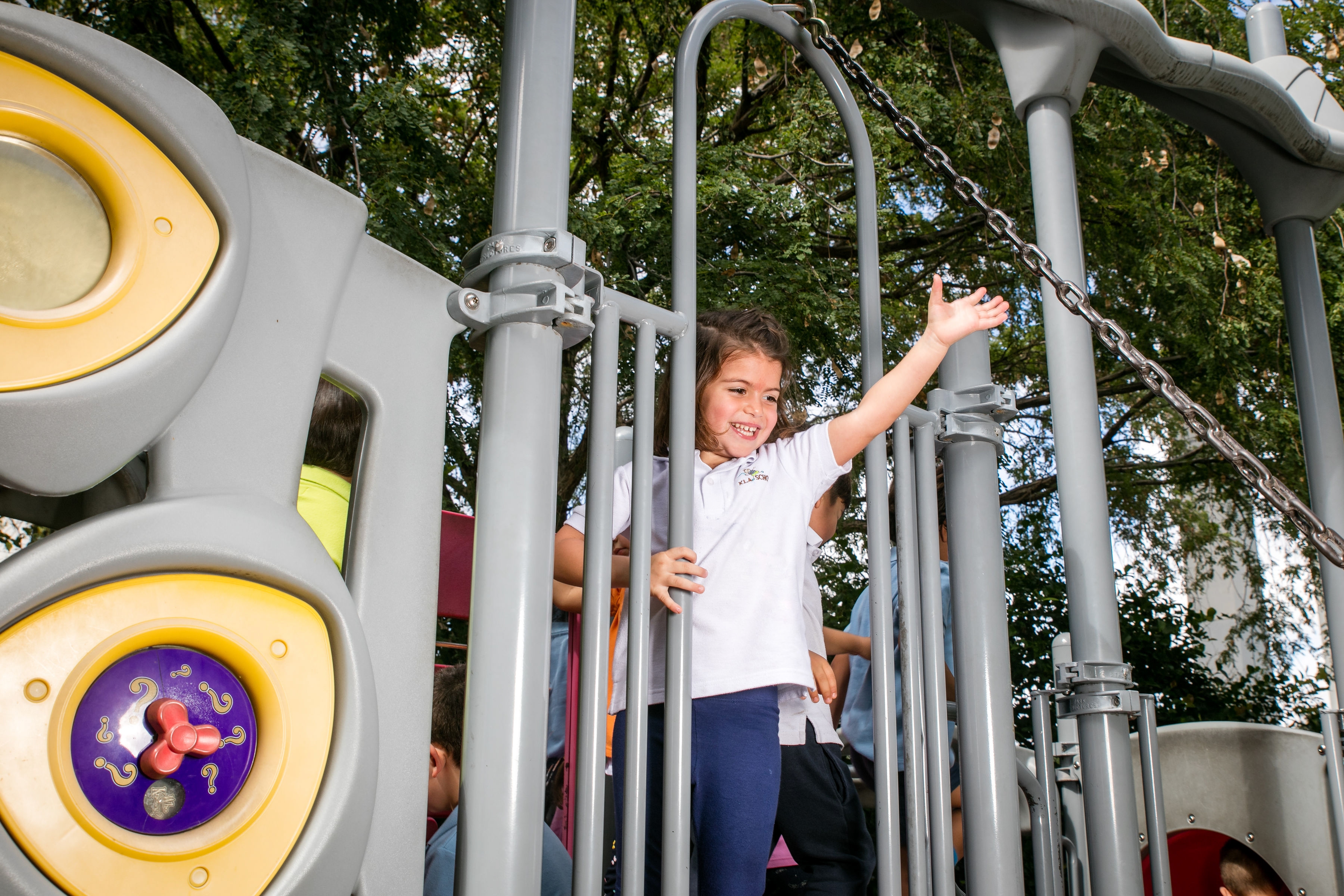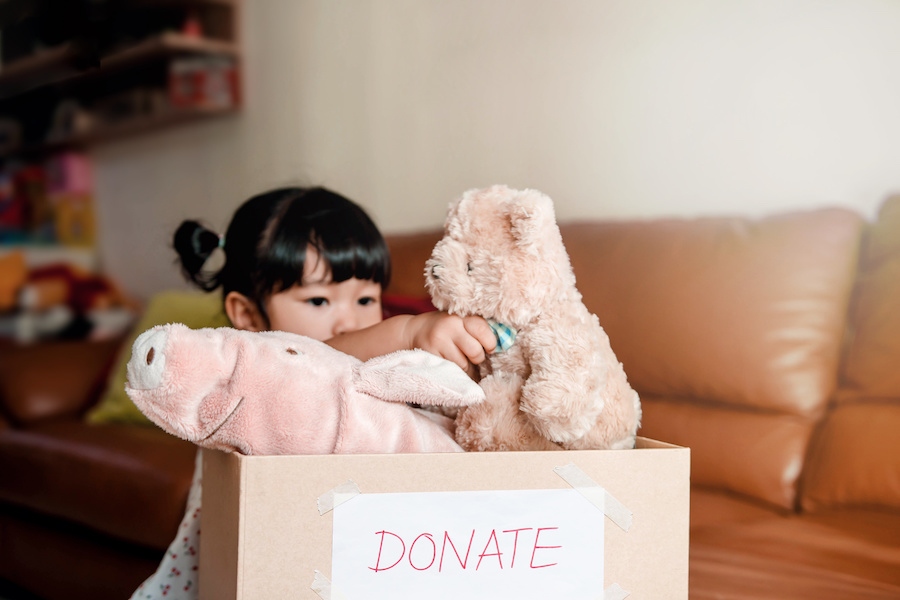15 Ideas for Children to Practice Gratitude
Thanksgiving is just around the corner, and many of us are thinking about what we’re grateful for. It’s an ideal time to help your child make gratitude a regular part of life. Studies have shown that children who are taught to be grateful see the following benefits:
- Reduced stress
- Increased happiness at school
- Better performance in school
- Fewer stomachaches and headaches
- Improved relationships
- Reduced materialism
Here are 15 age-appropriate ideas to help your child practice gratitude:
- Model gratitude, such as volunteering, saying please and thank you, complimenting others, or doing a good deed without expecting anything in return.
- Before bed or at dinner, share one thing that brightened your day.
- Practice looking on the bright side of things. For example, if your child is upset about a rainy day, talk about how much fun they can have making a pillow fort or reading their favorite books.
- At the beginning of the week, discuss some nice things you’re looking forward to doing for family or friends.
- Create a family gratitude list, where every family member can write down things they’re grateful for. Keep it in a prominent location so everyone can add to it when they have something they’re thankful for.
- Ask for help around the house in age-appropriate ways, such as setting the table or putting their dirty clothes in the laundry basket.
- Encourage your child to write a quick thank-you note to a teacher, friend, or someone they feel thankful for.
- Ask your child to draw something or someone that they’re grateful for.
- Explain to your child that some kids like them don’t have enough clothes or toys, and ask them if they want to help by choosing a toy or some clothes to donate.
- Set boundaries and stick to them. If a child can’t get their way all the time, they will learn to not take things for granted.
- When giving gifts, emphasize to your child why that gift will make the recipient happy. This will help your child connect gift-giving with compassion and caring.
- Read books about gratitude together, and discuss the story.
- Go for a gratitude walk. As a family, look around and point out the things around you that make you happy. This is an ideal way to help your child learn to respect nature as well.
- Help your child work through envy by encouraging them to highlight their own positive traits and skills. Remind them that everyone has different circumstances in life.
- Praise your child if you notice them doing something nice for another person, such as sharing a toy with their sibling, or holding a door open for someone.
These 15 ways to teach your child gratitude are just a few ways you can incorporate gratitude into your child’s daily life, both at Thanksgiving and year-round.

